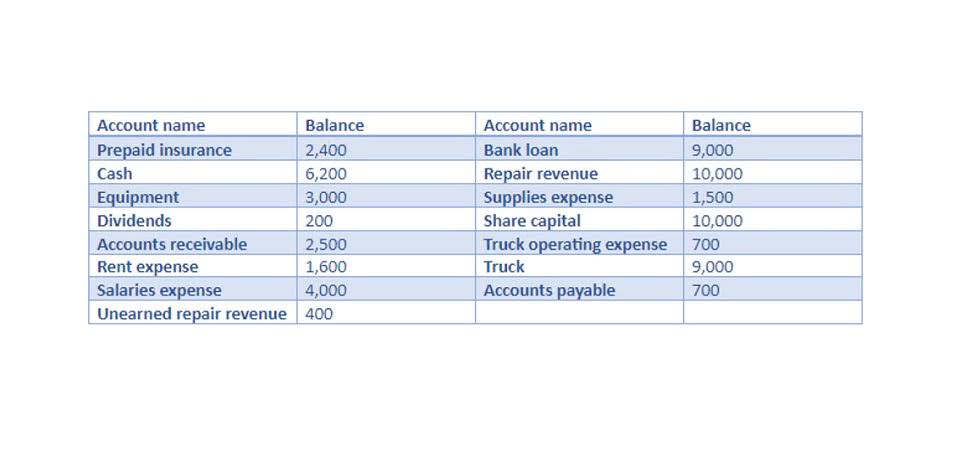Globax news
Blog
What Is Cost Accounting?

In this case, activities are those regular actions performed inside a company.[8] “Talking with the customer regarding invoice questions” is an example of activity inside most companies. Fixed costs are the costs that keep a company running and don’t fluctuate with sales and production volumes. A factory building or equipment lease would be classified as fixed costs. Companies looking to expand their product line need to understand their cost structure. Cost accounting helps management plan for future capital expenditures, which are large plant and equipment purchases. Instead, most companies save time and money by automating their finances through online, cloud accounting software.
Investors can calculate a company’s operating expense ratio, which shows how efficient a company is in using its costs to generate sales. Variable costs fluctuate as the level of production output changes, contrary to a fixed cost. This type of cost varies depending on the number of products a company produces. A variable cost increases as the production volume increases, and it falls as the production volume decreases. Even though cost accounting is commonly called a costing method, the scope of cost accounting is far broader than mere cost.
Lean Accounting
A small manufacturer may be in a position to perform costing without the help of cost accounting, but large manufacturers will generally be unable to do this effectively without the help of a cost accounting system. Each item of cost (namely, materials, labor, and expenses) is budgeted at the beginning of the period and actual expenses incurred are compared with the budget. Compare actual results to standard or budgeted amounts to derive variances relating to such areas as efficiency and revenues generated per unit. Then drill down into each of these variances, looking for actionable items that can be recommended to management for resolution. Another easy to use option that’s perfect for self-employed entrepreneurs who need an affordable accounting solution is Neat. A certified public accountant (CPA) is a type of professional accountant with more training and experience than a typical accountant.

Their primary job is to help clients with their taxes so they can avoid paying too much or too little in federal income or state income taxes. Business accounting might seem like a daunting mountain to climb, but it’s a journey well worth it. Accounting helps you see the entire picture of your company and can influence important business and financial decisions. Having a separate bank account for your business income and expenses will make your accounting easier. You’ll only have one account to monitor for bookkeeping and tax purposes, and your personal income and expenses won’t get entangled with your business ones. Believe me — only having to look at one set of bank statements is a lifesaver during tax season.
Company
If you don’t feel like these skills are your strongest areas and you run a business, you may want to seek out help to manage your accounting. Accountants oversee the financial records for a business and make sure the data is correct. Then, they use this data to create budgets, financial documents, and reports. But cost accounting basics before we dig into those ideas, let’s talk about what day-to-day work looks like for an accountant. Our panel includes experienced professionals and lecturers with a background in management. BATheories is where we talk about the various business theories and models for BA (Business Administration) students.
Managers and employees may use cost accounting internally to improve your business’s profitability and efficiency. The break-even point—which is the production level where total revenue for a product equals total expense—is calculated as the total fixed costs of a company divided by its contribution margin. Activity-based costing (ABC) identifies overhead costs from each department and assigns them to specific cost objects, such as goods or services. These activities are also considered to be cost drivers, and they are the measures used as the basis for allocating overhead costs.
Certified Public Accountant
Almost any type of accountant can benefit from pursuing professional certifications. In the world of cost accounting, two certifications can expand your earning potential and professional prowess. Cost accountants are frequently involved in day-to-day logistics so you may want to pursue a minor in business administration, computer science, data science, or even mathematics. With this background, you might qualify for entry-level positions in the field. For example, a company decides to buy a new piece of manufacturing equipment rather than lease it.

Companies that want consistent profits use target costing to manage production costs. With this method, a company researches and evaluates the costs of a process before starting production. If a business anticipates expenses will exceed predicted costs, it will cancel the project. This approach is best at reducing costs when a project is in its pre-production and planning stage. Job order costing is commonly used for companies that produce products that aren’t identical. If a company builds custom cars, the cost for each car will likely be different because each customer will have a specific set of requirements.
Compared to standard cost accounting, ABC dives deeper into the cost of manufacturing a product or providing a service. As business became more complex and began producing a greater variety of products, the use of cost accounting to make decisions to maximize profitability came into question. Management circles became increasingly aware of the Theory of Constraints in the 1980s and began to understand that “every production process has a limiting factor” somewhere in the chain of production. As business management learned to identify the constraints, they increasingly adopted throughput accounting to manage them and “maximize the throughput dollars” (or other currency) from each unit of constrained resource. Now, cost accounting can contribute to the preparation of financial statements for financial accounting.
What Is Accounting? The Basics Of Accounting – Forbes Advisor – Forbes
What Is Accounting? The Basics Of Accounting – Forbes Advisor.
Posted: Fri, 20 Jan 2023 08:00:00 GMT [source]
Activity-based costing (ABC) is a costing system that breaks down overhead and indirect costs, according to the actual consumption of each product and service. This method is typically used in the manufacturing industry, to make a better calculation of the true cost of production per unit. Traditionally, overhead costs are assigned based on one generic measure, such as machine hours. Under ABC, an activity analysis is performed where appropriate measures are identified as the cost drivers.











Recent Comments